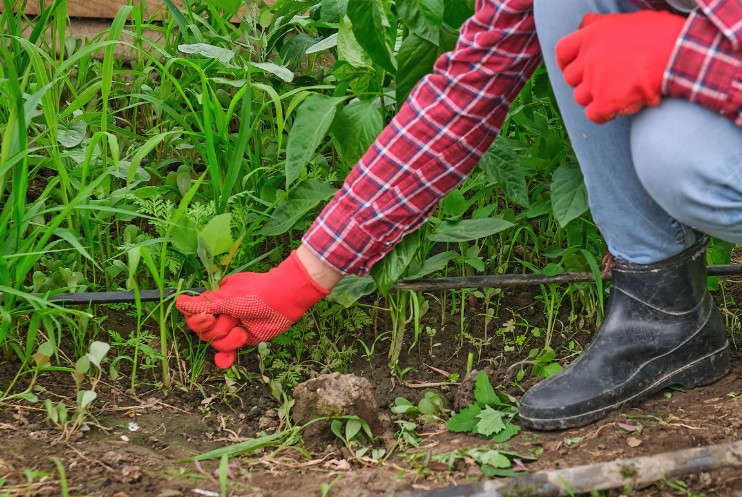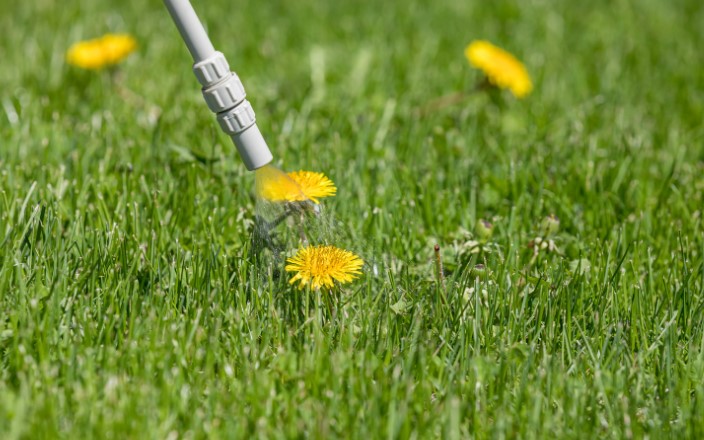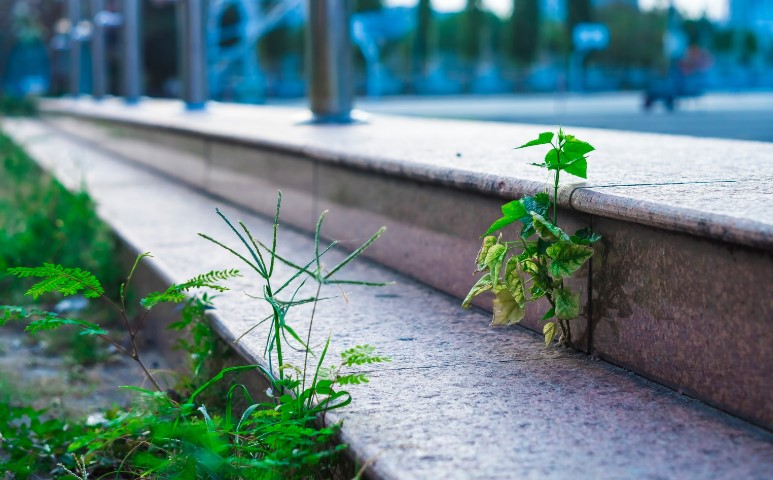A lush, green lawn is a source of pride for any homeowner, but weeds can quickly take over and turn it into an unsightly mess. Whether you’re dealing with dandelions, clover, or creeping buttercups, getting rid of weeds requires the right strategy. This comprehensive guide on how to get rid of a lawn full of weeds uk will walk you through everything you need to know to reclaim your lawn in the UK.
Why Are Weeds Invading Your Lawn?
Weeds are opportunistic plants that thrive when lawns are stressed or poorly maintained. Here are common reasons weeds might overtake your lawn:
- Compacted Soil: Poor soil drainage can create conditions that encourage weed growth.
- Low Grass Density: Thin or patchy grass provides open spaces where weeds can germinate.
- Incorrect Mowing: Cutting grass with lawn mower too short weakens it and allows weeds to take hold.
- Nutrient Deficiency: A lack of nutrients in the soil can give weeds a competitive edge.
Understanding why weeds have taken over helps in selecting the most effective removal and prevention methods.
How to Get Rid of a Lawn Full of Weeds UK? – Techniques To Remove
1. Manual Weed Removal
Manually pulling out weeds is an effective method for smaller infestations.
- Use a weeding tool to extract the entire weed, including its root.
- Best performed after rain or watering, as moist soil makes weed removal easier.

2. Apply Selective Weed Killers
For widespread weed problems, selective weed killers can be highly effective.
- Broadleaf Weed Killers: Target weeds like dandelions and plantains while sparing the grass.
- Granular or Liquid Options: Choose granular weed killers for larger areas and liquid ones for targeted applications.
3. Use Organic Methods
If you prefer natural weed control, consider these eco-friendly solutions:
- Vinegar Spray: Mix vinegar with a few drops of dish soap and apply it directly to the weeds.
- Boiling Water: Pour boiling water over small weeds to kill them instantly.
- Mulching: Cover bare areas with mulch to block sunlight and prevent weed germination.
4. Aerate Your Lawn
Compacted soil often leads to weed growth. Aerating helps loosen the soil and improves nutrient absorption.
- Use a garden fork otherwise an aerator to create tiny holes across the lawn.
- Aeration is best done in spring or autumn for optimal results.
5. Reseed Bare Spots
After removing weeds, reseed bare patches to create a thick turf that prevents weeds from returning.
- Choose grass seed varieties suited to the UK climate.
- Water the reseeded areas regularly to ensure strong growth.
Strongest Weed Killers for UK Lawns
When weeds are persistent, stronger weed killers may be necessary.
- Glyphosate-Based Herbicides: Effective against deep-rooted weeds but must be applied carefully to avoid harming surrounding grass.
- UK-Specific Lawn Weed Killers: Products like Weedol or Resolva are formulated for British lawns and target common broadleaf weeds.

Tip: Always follow the instructions on weed killer packaging and avoid overapplication to protect your lawn.
Get to know more on strongest weed killer that kills everything with our article.
How to Maintain a Weed-Free Lawn
Prevention is the best way to keep your lawn weed-free after treatment.
1. Fertilize Regularly
Healthy grass competes better against weeds. Apply a balanced fertilizer in spring and autumn to nourish your lawn.
2. Mow at the Right Height
Keep your grass at a height of 3.5–4 inches with the right techniques on how to cut grass. This shades the soil, preventing weed seeds from germinating.
3. Water Wisely
Water your lawn completely but infrequently to support the strong root growth. Also to avoid overwatering, as it might create conditions ideal for weeds.
4. Test Your Soil
Check your soil’s pH regularly. A slightly acidic to neutral pH (6.0–7.0) is ideal for grass growth and prevents weed dominance.
5. Apply Pre-Emergent Herbicides
Pre-emergent herbicides prevent weed seeds from sprouting. Use them in early spring to stop weeds before they emerge.

Common Myths About Weed Control
1. Cutting Grass Short Prevents Weeds
Mowing too short weakens the grass and exposes soil to sunlight, encouraging weed growth.
2. All Weeds Should Be Eliminated
Not all weeds are harmful. Some, like clover, can improve soil health by fixing nitrogen. Focus on removing invasive weeds.
3. One Treatment Is Enough
Weed control is an ongoing process. Regular maintenance and follow-up treatments are necessary for long-term success.
Conclusion
Achieving a lush, weed-free lawn in the UK is possible with the right approach. By removing existing weeds, improving soil health, and maintaining a consistent lawn care routine by knowing when to mow grass, you can enjoy a beautiful, green space all year round. Whether you choose manual methods, chemical treatments, or organic solutions, persistence is key. Start today, and your lawn will soon be the pride of the neighborhood!
Frequently Asked Questions
1. What is the fastest way to remove weeds?
The fastest method is to use a selective weed killer during the growing season. For smaller areas, hand-pulling weeds after rainfall is effective.
2. How do I kill weeds without damaging grass?
Use a selective lawn weed killer that targets weeds but spares grass. Alternatively, pull weeds manually to avoid chemical use.
3. Can I reseed after applying weed killer?
Yes, but wait at least 3 weeks after applying weed killer to ensure the chemicals have broken down. This protects new seeds from harm.
4. Are there organic alternatives to chemical weed killers?
Yes, natural options include vinegar sprays, boiling water, and mulching. These methods require consistent application but are eco-friendly.
5. How often should I treat my lawn for weeds?
Treat your lawn at least once a season, depending on the severity of the infestation. Regular inspections help catch weeds early.


0 Comments